Understanding Iran’s ‘offensive-defensive’ strategy
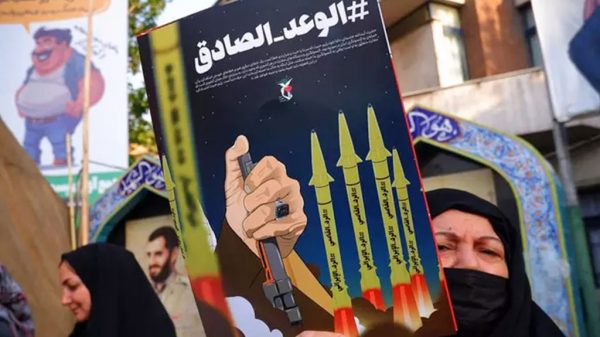
THIS spring, Iran’s unprecedented direct military tit-for-tat escalation against its regional arch-foe Israel amid the ongoing Gaza war was accompanied by a deteriorating domestic landscape marked by higher repression and a deepening economic crisis.
On both the regional and domestic fronts, it appears the Islamic Republic decided to temporarily suspend its ‘strategic patience’, most notably with reference to Israel’s series of high-level assassinations of leading Iranian and ‘axis of resistance’ commanders in the Levant since December 2023, as well as to the highly controversial brutal enforcement of the hijab by the so-called morality police (Gasht-e Ershad).
Between hubris and insecurity
SUCH radical assertiveness indicates a conflicting sense of Iranian self-confidence, if not hubris, on one hand, and insecurity, on the other. The former is marked by the belief that Iran’s April 13 direct strike on Israel constituted a victory, re-establishing lost deterrence against Israel’s ongoing lethal campaign of high-level assassinations torpedoing the Islamic Republic’s regional agenda.
Moreover, Tehran’s post-Israel-strike proclamation of a ‘new equation’ in Iranian military conduct, as expressed by the commander-in-chief of the Islamic Revolutionary Guard Corps, according to which any Israeli targeting of Iranian interests and figures would be met with a response from inside Iranian territory, is unlikely to see any, let alone consistent, implementation.
Such retaliation by Iran would invite counterstrikes by Israel, which could prove immensely costly were they to damage key Iranian military and/or nuclear infrastructure.
Tehran’s immediate reactions following 13 and 19 April demonstrate its lack of appetite to provoke Israel into all-out war. The Islamic Republic believes it has restored its deterrence against Israel.
Regarding the aforementioned Iranian feeling of insecurity, this was displayed with a wave of heightened repression against women — notably the violent re-deployment of the morality police — and dissidents. The latter was reflected by an increase in executions and the sentencing to death of the popular revolutionary rapper Toomaj Salehi. Whereas this could be interpreted as a sign of the regime re-establishing control over society, the sole and intensified reliance on an iron fist often indicates perceived vulnerabilities.
At the same time, the regime’s increased crackdown at home may be due to its calculation that it has nothing to fear from the international community, not least from Western states, for such human rights violations. Tehran would rather believe that the West’s attention is focused on heightened tensions in regional geopolitics and risks of escalation, rather than on Iran’s domestic crackdown.
Meanwhile, this insecurity is also rooted in Iran’s domestic situation, which remains dire. As a result, the country’s stability is prone to systemic risks. Both the (a) macro-economic and (b) socio-economic crisis continue to deepen. The former is characterised by an uncertain level of oil revenues, given Iran’s practice of selling its oil via mafia structures at bargain basement prices, well below Russia’s discounted $60 for a barrel of oil, which former Iranian parliament member Gholam-Ali Jafarzadeh Imanabadi has described as not falling under the usual category of a country ‘selling its oil’.
Regime and society in Iran remain on a collision course with the actual turnout in the second round of Iran’s parliamentary election last week estimated to have fallen below 40 per cent.
The socio-economic crisis, for its part, has been marked by a steep increase in poverty over the last two years. Whether these rising (socio-)economic grievances will result in a renewed wave of major protests sweeping the country remains inconclusive, as there is no automatic link between the two phenomena. Iran’s security establishment will nevertheless continue to closely monitor the potential for renewed major unrest.
According to ACLED, April 2024 saw the highest number of protests — around 600 — since autumn 2022, when the revolutionary ‘Woman, Life, Freedom’ movement rocked the country, signifying dissatisfaction among various segments of Iranian society.
Iran’s fear of parallel scenarios
AGAINST this backdrop, it could be argued that the Islamic Republic fears the potential simultaneity of two major incidents. This may explain the connection and timing between the above-mentioned endings of Tehran’s ‘strategic patience’ regionally and domestically: namely, Israeli strikes on key regime military and/or infrastructure, accompanied by a new national uprising could risk the IRGC being overstretched.
Iran’s heightened domestic crackdown was staged to coincide with its military escalation against Israel in the hope of restoring control over society and averting the risks associated with the parallel scenarios just depicted. In short, comprehending the domestic-foreign policy nexus and its dynamics remains crucial towards understanding Tehran’s geopolitical decisions, most notably tactical moves to either escalate or de-escalate tensions.
Last but not least, the Iranian diaspora’s mobilisation in defence of Toomaj Salehi has demonstrated its ongoing engagement with domestic developments in Iran and its willingness to continue to echo calls for change in Iran, something Tehran is closely watching.
Iranian soft power on the rise
ARGUABLY, Iran’s direct assault on Israel on April 13 boosted Iranian soft power in the Middle East and the wider Islamic world, portraying Iran as the only Muslim-majority country making good on its pro-Palestine rhetoric and daring to confront Israel directly.
As one academic expert put it, ‘with every missile that Israel fires on Gaza, every US veto of a UN Security Council ceasefire resolution, and every arrest of an anti-war protester on American university campuses, Iran’s rejection of the US-dominated world order gains more credibility in the Muslim world’.
In late October 2023, a regional opinion poll found that only 7 per cent of respondents believed the US was having a positive impact on the war in Gaza, compared to 40 per cent who regarded the role of Iran as positive. Later in December, the Arab Barometer noted that approval ratings for the Islamic Republic’s supreme leader Ali Khamenei had surpassed those of both the Saudi and Emirati leaders.
This development could, to a degree at least, reverse the fall of Iranian ‘soft power’ following Tehran’s support of Syria’s Assad regime during the first wave of the Arab Spring, not to mention the Iraqi and Lebanese protests which adopted a distinctly anti-Iranian stance during the second wave of the Arab Spring.
Iran’s ability to restore its ‘soft power’ in the Middle East and beyond may encourage it to act more boldly within the region.
Regional implications
NOR does Tehran’s vindication of its anti-Israel and anti-U.S. stances bode well for Iran’s regional neighbours.
An ideologically energised Islamist regime in Iran is likely to be less accommodating to regional concerns, particularly those of states that have already normalised relations with Israel (such as the UAE and Bahrain) or are believed to be heading in that direction (Saudi Arabia).
In any case, normalisation between Israel and Saudi Arabia, with the latter obtaining a US security guarantee, remains a ticking security time bomb for the Islamic Republic. Such a move would have a considerable impact on Iranian regional power projection abilities, dramatically raising its costs.
Khamenei’s renewed indirect warning to Riyadh about normalising relations with Tel Aviv, stressing that this would upset the Arab world, is a forceful reminder of how Tehran views that threat.
‘Plus ça change …’
TO UNDERSTAND the apparent contradictions inherent in recent Iranian regional behaviour, it is important to highlight the claim made by the IRGC-affiliated Javan the day after Israel’s strike on Iran on April 19 that the Islamic Republic had shifted its strategy from ‘defensive’ to ‘offensive-defensive’, thereby also abandoning ‘strategic patience’. This is indeed a precise description of how Iran behaved in April.
The Islamic Republic took offensive action, culminating in the April 13 fusillade against Israel, while threatening to deploy much more forceful means (even raising the spectre of nuclear weapons). At the same time it signalled a desire to de-escalate (as it did both after April 13 and 19) so as not to provoke an all-out war with Israel.
One of the major consequences of this strategic shift has been to elevate Iranian deterrence with a high degree of unpredictability: will Tehran respond to threats directly or indirectly? By doing so, Iran hopes to deter Israel from continuing to target top Iranian or ‘axis’ military commanders.
The death of Iran’s president Ebrahim Raisi and foreign minister Hossein Amir-Abdollahian following a mysterious helicopter crash on May 19 is unlikely to alter the Islamic Republic’s grand strategy. Since then, various high-ranking officials have been keen to reiterate Tehran’s willingness to preserve continuity in its regional policies. Just one week after the event, Interim president Mohammad Mokhber assured Ziyad al-Nakhalah, leader of the Palestinian Islamic Jihad, of Iran’s continued steadfast support.
The most likely scenario is therefore the continuation of indirect confrontation, pitting Israel and possibly the US against Iran and various components of its ‘axis of resistance’. Tehran will continue to exert pressure on Israel’s war effort through its ‘axis’ components, i.e. pro-Iranian Shia militias in Iraq and Syria, the Houthis in Yemen, and to a lesser extent Hezbollah in Lebanon.
Iran’s aim will be to erode the opposing camp’s abilities to pose a threat, in line with its ongoing objective of avoiding all-out war being declared against the Islamic Republic itself.
Qantara.de, June 7. Ali Fathollah-Nejad is a German-Iranian political scientist and author focusing on Iran, the Middle East, and the post-unipolar world order. He is the founder and director of the Center for Middle East and Global Order, a think-tank devoted to exploring transformations and promoting a foreign policy that reconciles interests and values.


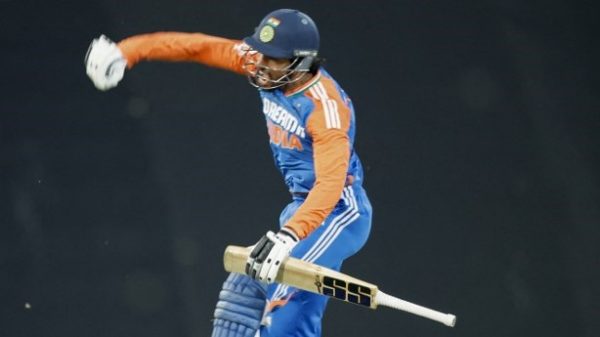
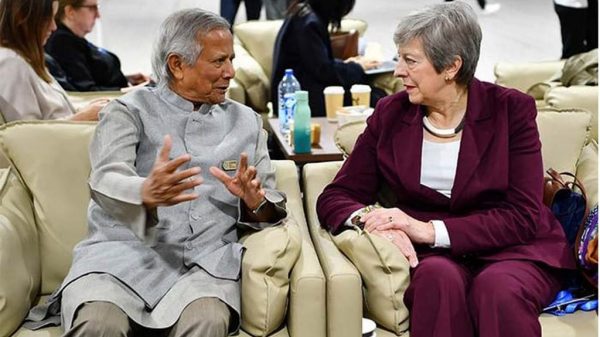
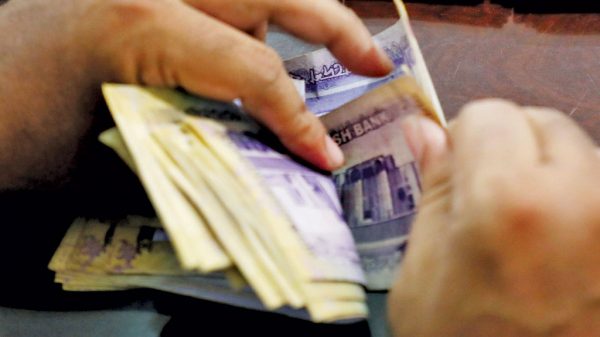
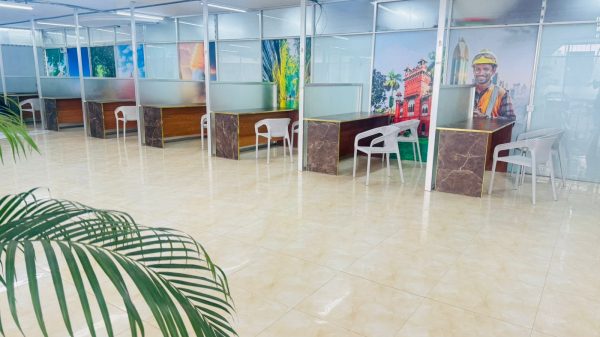
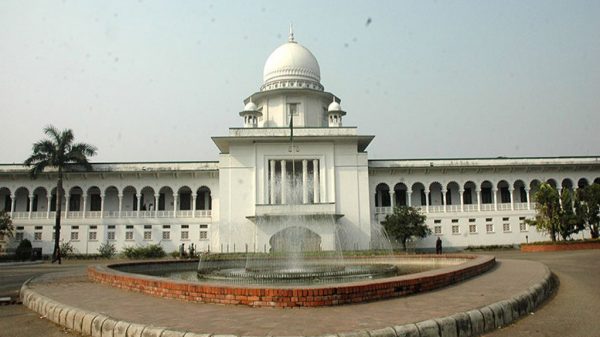
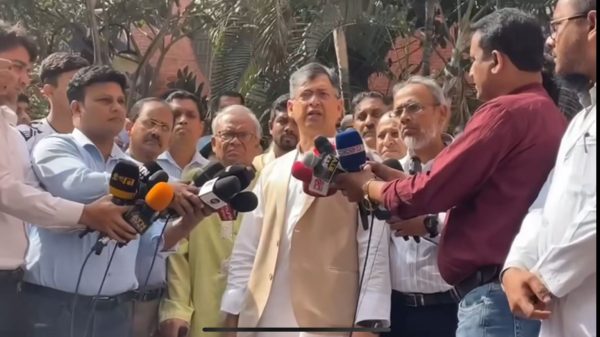
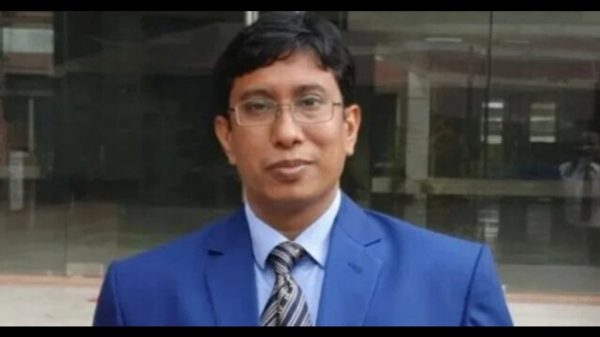
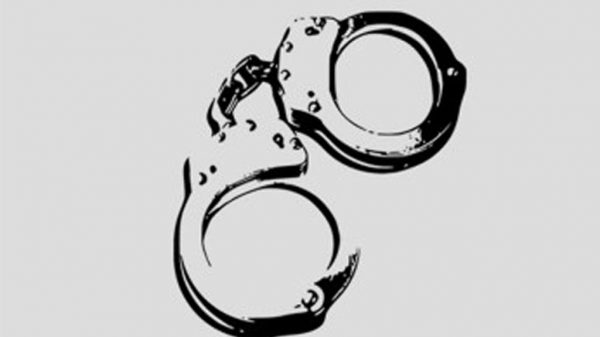
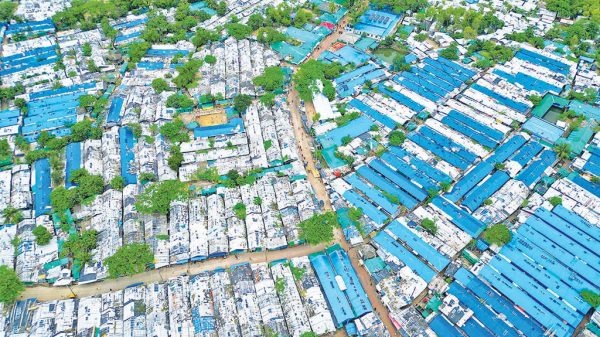
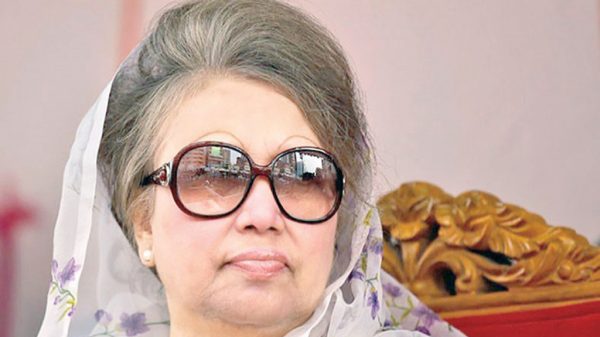
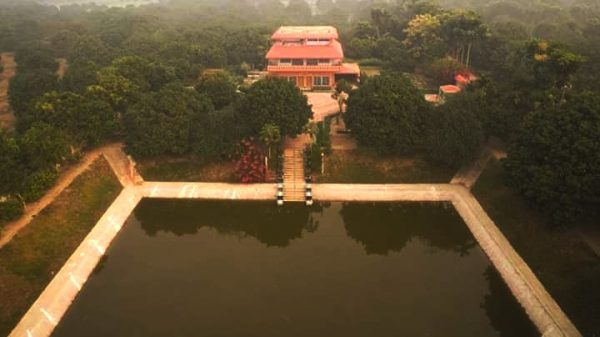
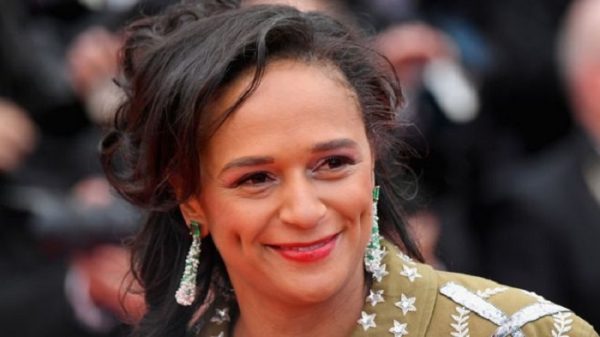
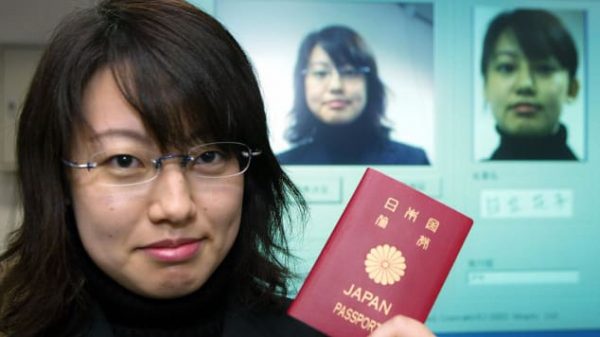
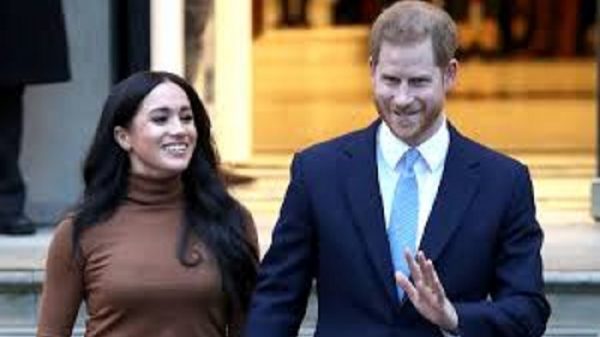
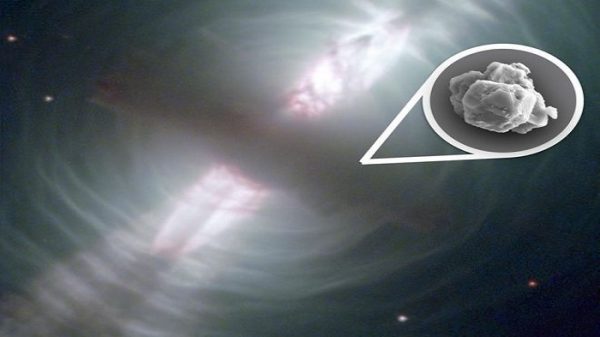
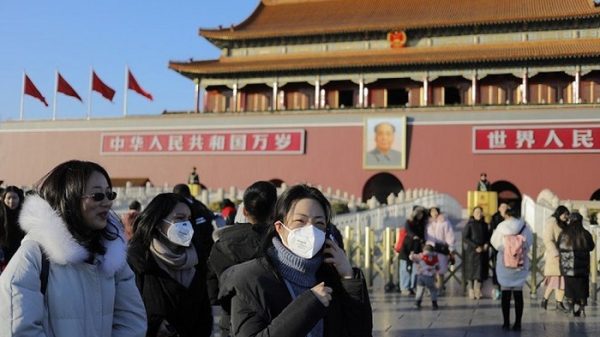
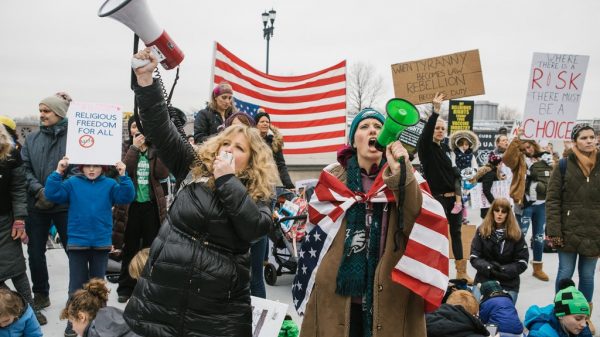
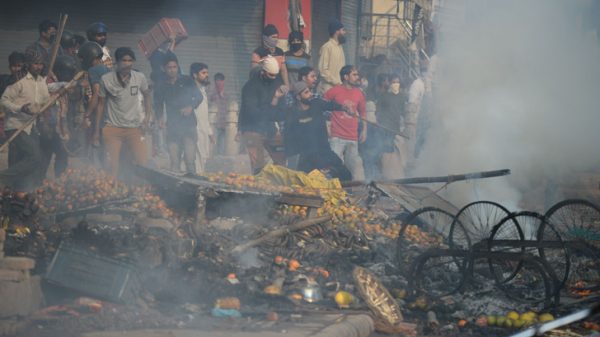



Leave a Reply